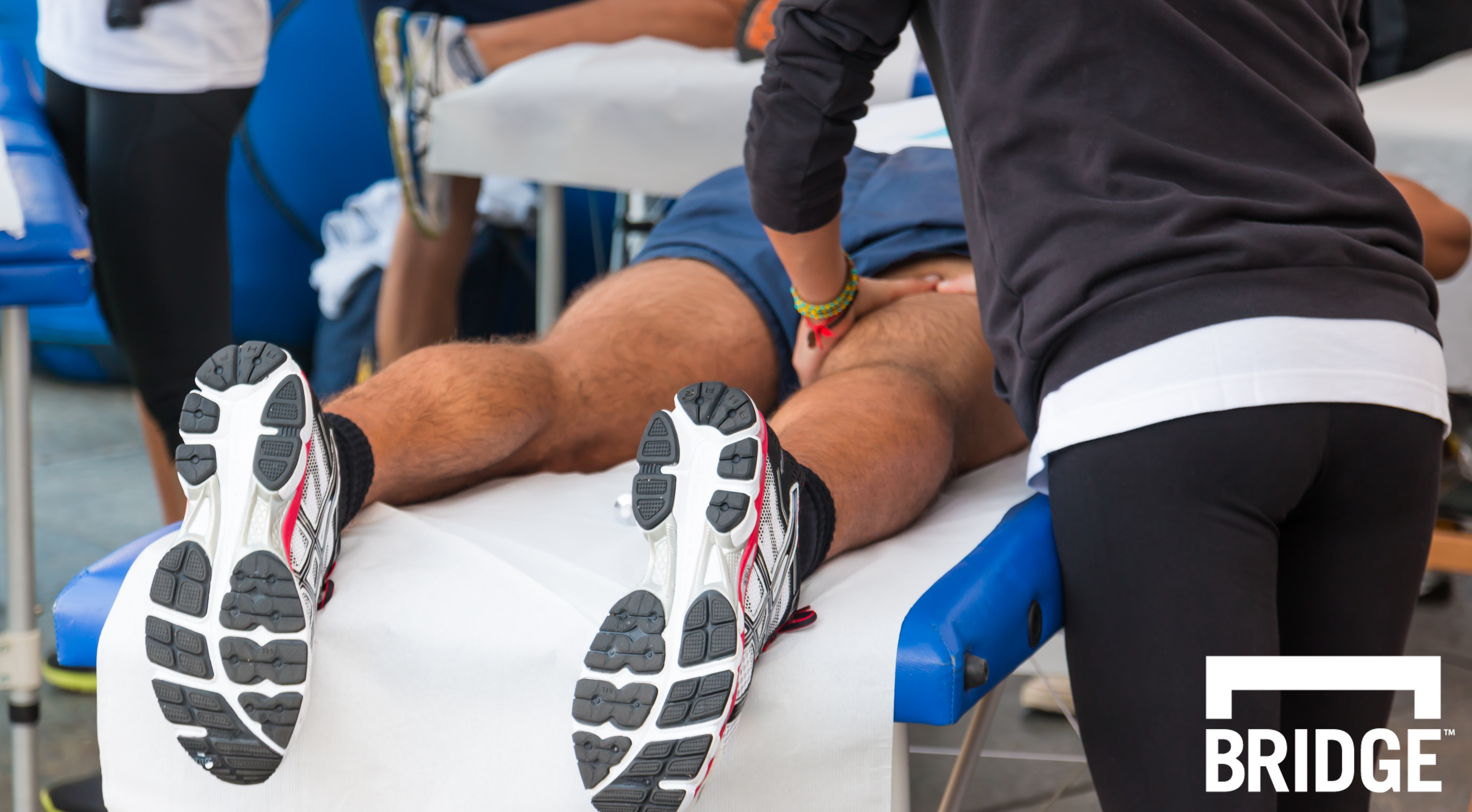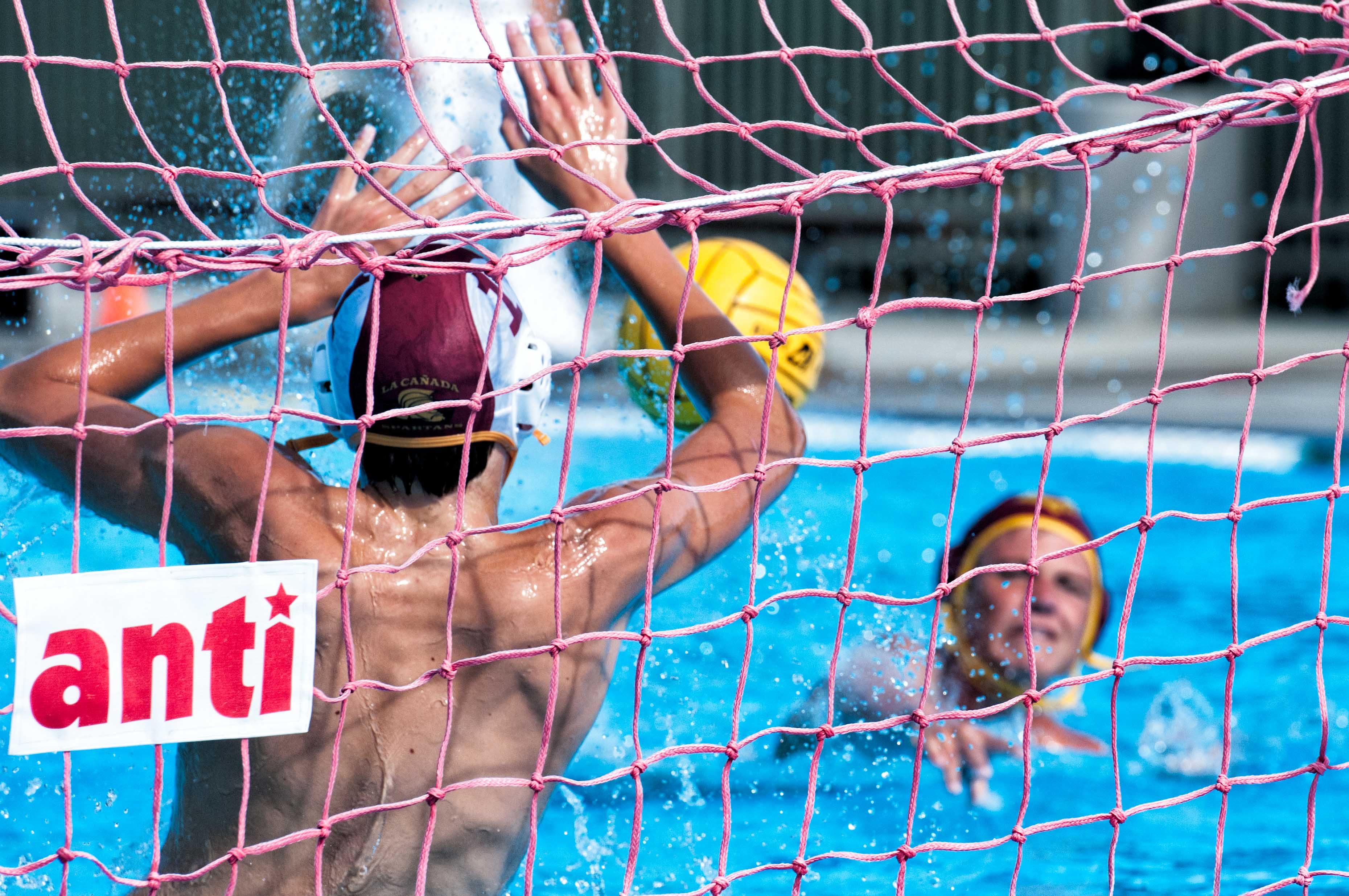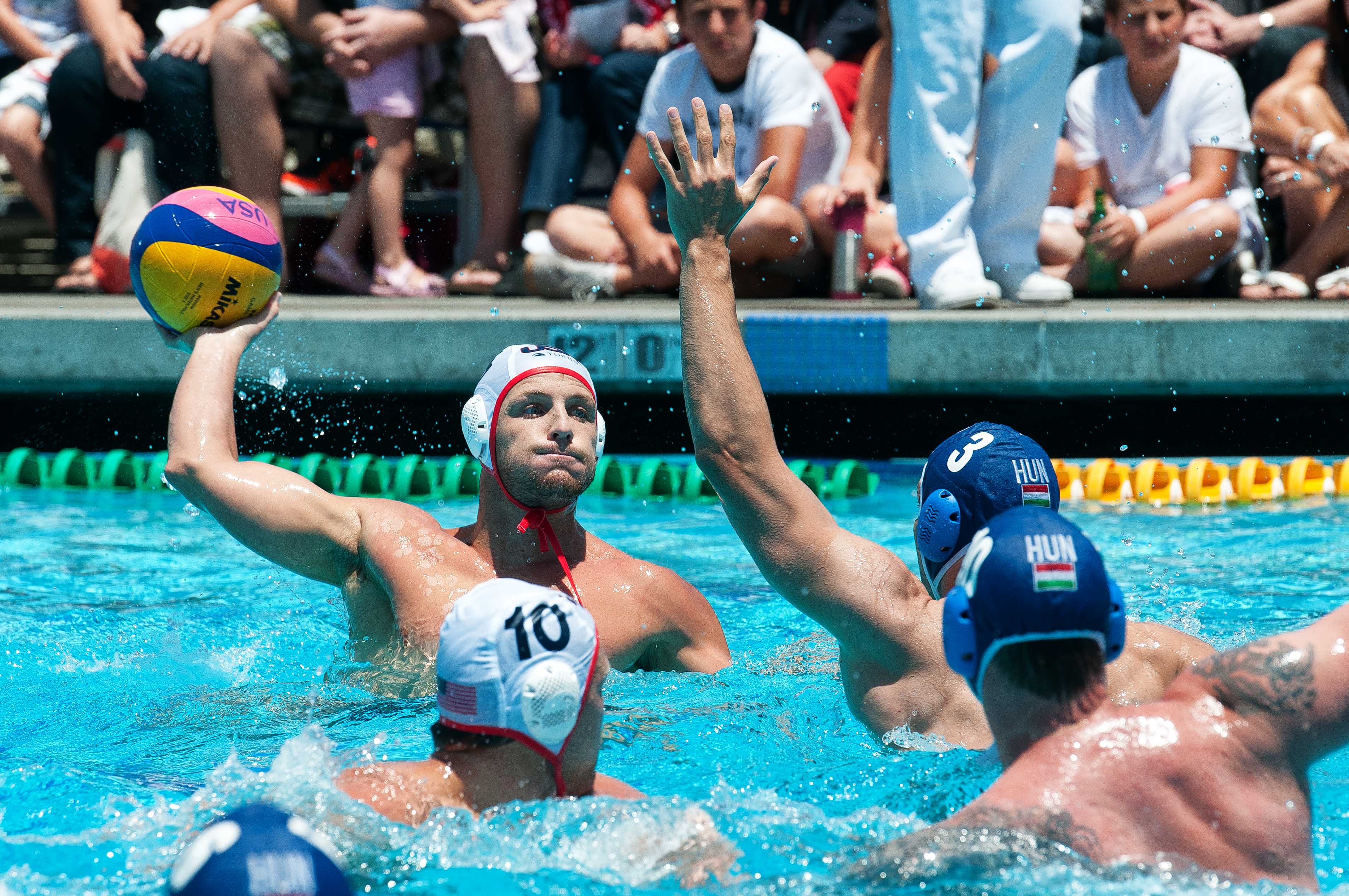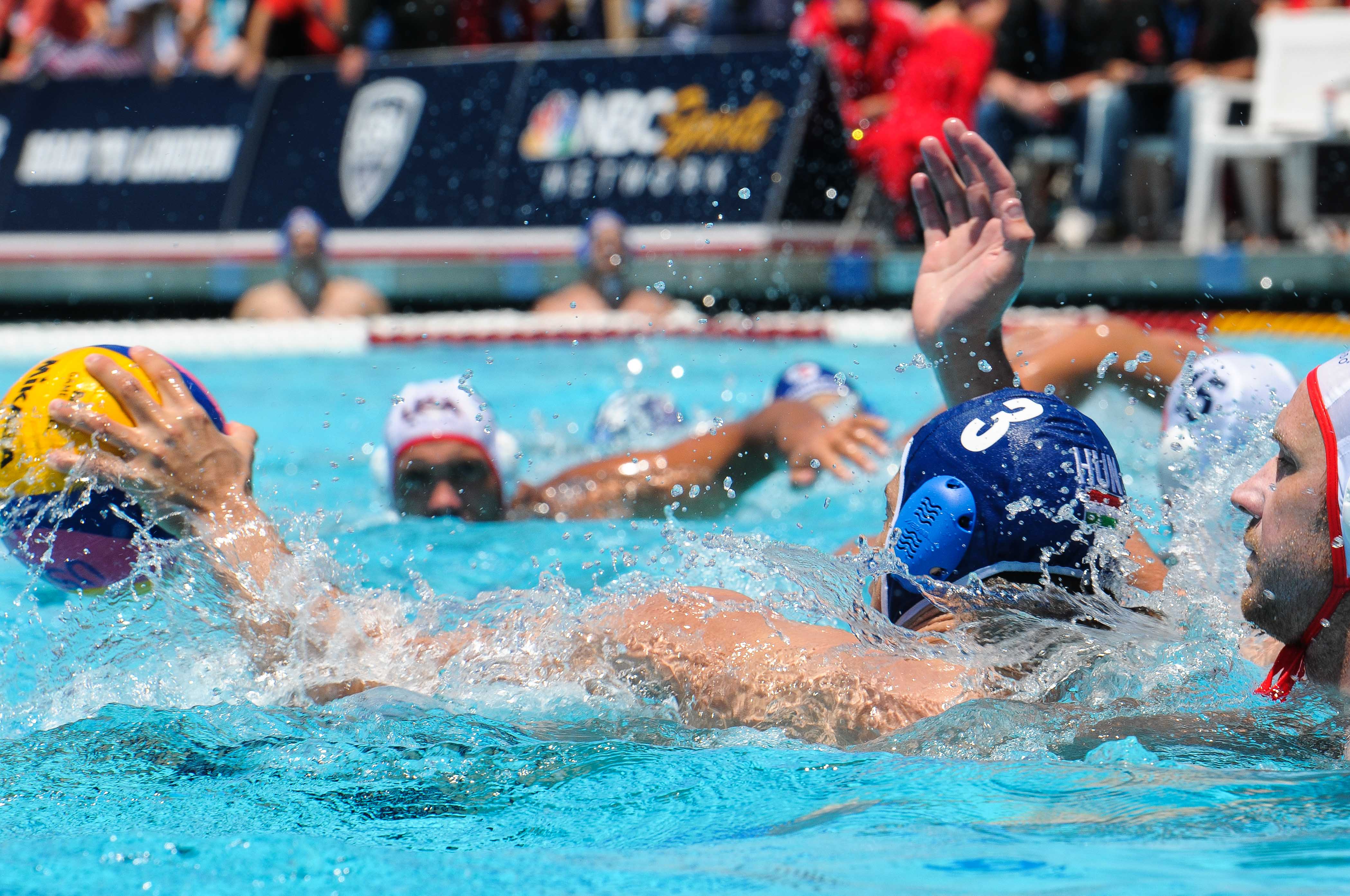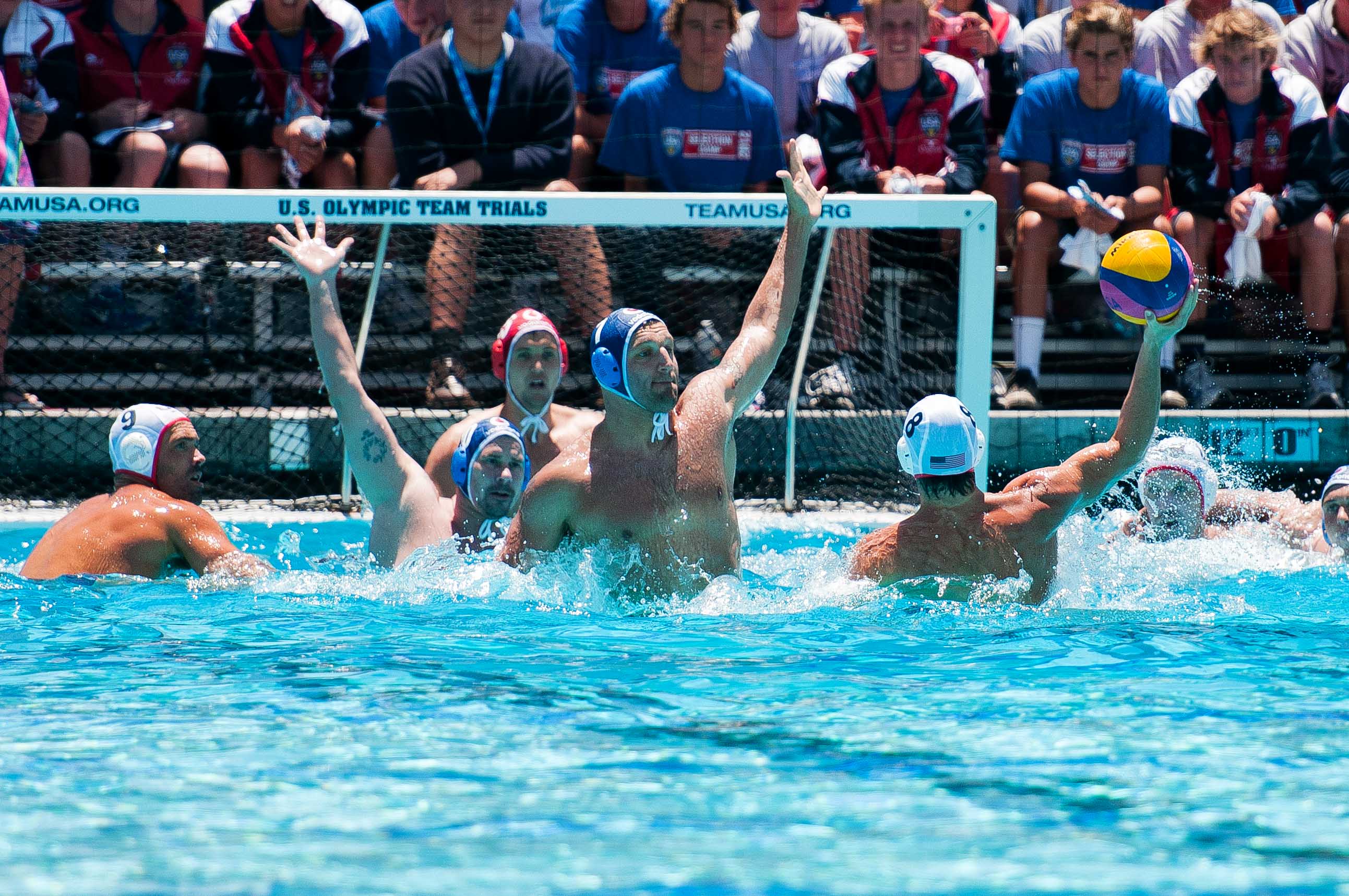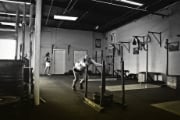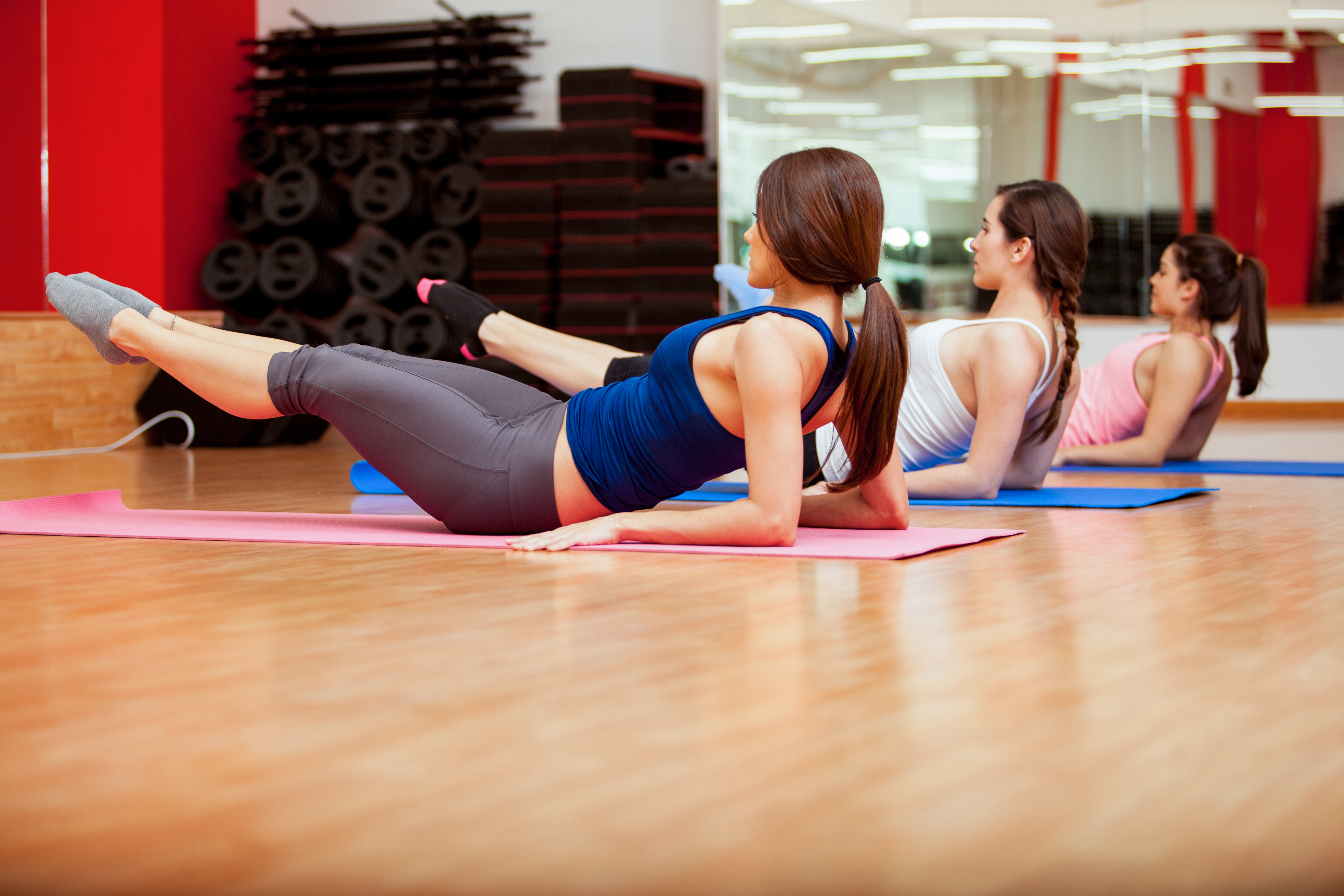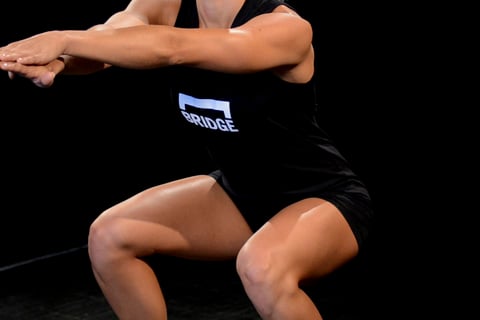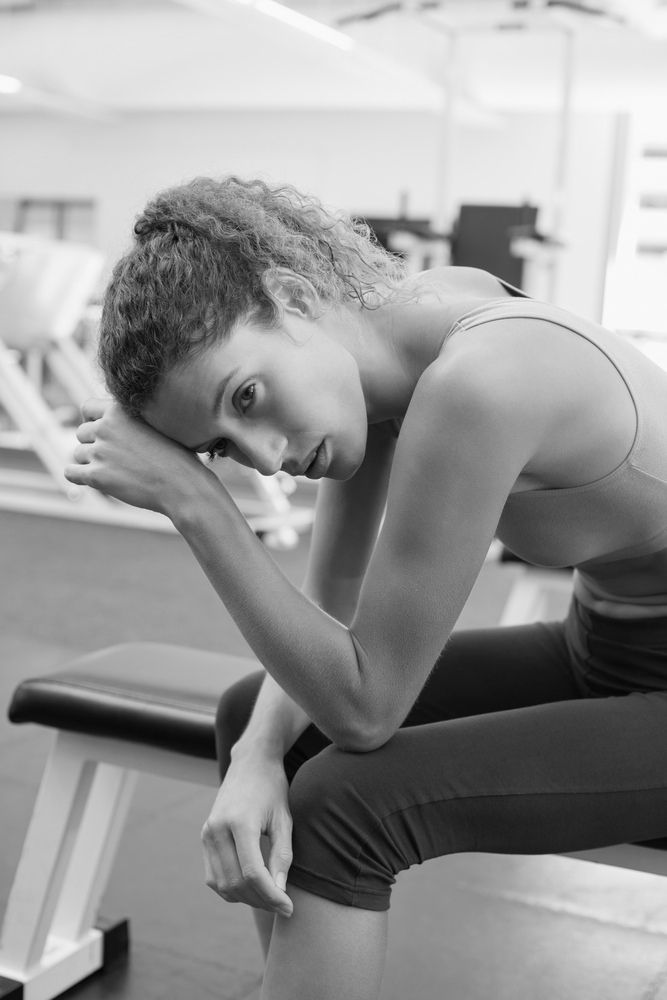Much of injury prevention for elite athletes lies in the quality of his or her conditioning and the adequate balance between training and recovery. However, there are a few common areas of the body that are exceptionally prone to injury for all athletes. Chief among these are the shoulders, lower back, and knees. These areas can be hypermobile, as in the case of the shoulder, prone to bearing excessive load, as in the case of the lower back, or both. With a greater understanding of what constitutes a high-risk joint or muscle group, and which exercises can support these areas, all athletes will be better prepared for training and peak performance.
Read MoreThis is the fourth and final post in our USA Water Polo ODP series.
Playing goalie on any team requires performance skills that differ from the rest of the players, whether this takes place in the pool or on land. Water Polo is no exception, and it is vital that goalies in the sport understand how this will affect their individual approach to strength and conditioning. The best athletes have an intimate understanding of their position and its demands on the body. Let's dive into the strength exercises tailored to goalies for maximum performance in the cage.
Read More
This post is part three of our four part USA Water Polo ODP series.
We will focus on shoulder strength, stability and core work. As athletes seek ways to develop speed and power in the pool, these three areas of training can improve your efficiency in upper body movement patterns. Countless movements in water polo require coordination of the upper and lower body, and a prime example of this is shooting. Let's take a look at how to harness the full potential of your shoulders and core.
Read More
This post is part two of our four part USA Water Polo ODP dry-land series.
After dynamic warm up, the next block of the pre-workout, called Movement Prep, addresses specific areas of the body that frequently engage in movement patterns during training. This focused approach further aids in injury prevention for high risk joints and muscle groups. The best athletes learn which specific areas of the body demand additional attention in warm-up prior to training and competition. Let'discuss a few exercises that address these critical areas.
Jump Start Your Workout with the Dynamic Warm-Up | BridgeAthletic
By Dr. Emily Kraus on December 10, 2014
What is your typical warm-up routine? Or, perhaps a better question is, do you have a warm-up? So many of us are guilty of squeezing in a quick gym session and cutting the warm-up short or eliminating it altogether. Unfortunately, in training and competition, tightness and soreness is a hindrance and without a proper warm-up you could be wasting precious practice time.
Your abdominal muscles are critical to your core stability and peak power output. However, not all abdominal muscles can be targeted with the same exercise. The muscles in the anterior (front) of your abdomen vary tremendously. These include the external obliques, internal obliques, rectus abdominis, transverse abdominal muscle, and pyramidalis. With a better understanding of your anatomy, you can focus your strength training on underdeveloped areas. Let’s discuss how to target your lower abs.
Read MoreGlute Activation for Greater Stability | BridgeAthletic
By Megan Fischer-Colbrie on October 13, 2014
Many athletes have naturally over or under-developed muscle groups based on their sport-specific training. Quadriceps dominance, in particular, extends to a variety of athletic endeavors, such as the constant vertical jumping in volleyball or the precise cutting in soccer and other field sports. Because these athletes over-develop and preferentially activate their quadriceps during lower body exercises, the posterior leg does not respond to resistance as quickly. Over time, this movement pattern becomes habit, and the glutes and hamstrings fail to “turn on” since the quads will automatically absorb the load. This uneven strength distribution between the anterior and posterior portion of the upper legs leaves the lower body exposed to injury. Let’s discuss the importance of glute activation for any athlete’s strength training.
Athletes spend a lot of time training. They also spend a surprising amount of time sitting. Regardless of whether you're a professional, masters, or student athlete, you undoubtedly spend quite a few hours sitting—in the classroom, at work, or at home. Many athletes assume that the extensive hours spent training completely counteract this sedentary lifestyle, while in reality, sitting for long periods of time can negatively impact your body and performance regardless of how much or how little you train. Let’s discuss how sitting creates imbalances in your body and the exercises you can do to correct them.

